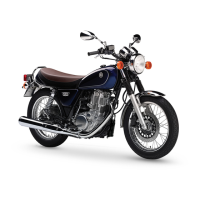
Do you have a question about the Yamaha SR400 2022 and is the answer not in the manual?
| Engine Type | Air-cooled, 4-stroke, SOHC, 2-valve |
|---|---|
| Displacement | 399cc |
| Compression Ratio | 8.5:1 |
| Fuel System | Fuel Injection |
| Ignition System | TCI |
| Transmission | 5-speed |
| Final Drive | Chain |
| Front Suspension | Telescopic fork |
| Rear Suspension | Swingarm |
| Front Tire | 90/100-18M/C 54S |
| Rear Tire | 110/90-18M/C 61S |
| Seat Height | 785 mm |
| Overall Length | 2085 mm |
| Starter | Kick |
| Fuel Tank Capacity | 12L |
| Curb Weight | 174 kg |
| Overall Width | 750 mm |
| Wheelbase | 1410 mm |
| Ground Clearance | 130 mm |
| Front Brake | Hydraulic single disc brake |
Owner's responsibilities for safe operation and practicing safe riding techniques.
Importance and types of protective gear for rider safety.
Diagrams and labels identifying parts on the left and right sides of the motorcycle.
Identification and function of various controls and instruments on the motorcycle.
Details of the vehicle's anti-theft immobilizer system and key usage.
Operation of ignition, starting, levers, pedals, and related controls.
Explanation of dashboard indicators, speedometer, and tachometer functions.
Operation of fuel system components and key chassis features like seat and sidestand.
Guidelines for engine break-in and steps for starting the engine and troubleshooting.
How to shift gears, accelerate, decelerate, and use brakes effectively.
Tips for reducing fuel consumption and safe parking procedures.
Checking spark plugs, engine oil, air filter, and fuel system components.
Checking and adjusting brake lights, pads, shoes, and fluid levels.
Maintaining the drive chain, cables, and control levers for smooth operation.
Maintenance of tires, wheels, suspension, battery, fuses, and bulbs.
Guidance for identifying and resolving common vehicle problems.
Guidelines for washing, drying, and polishing the motorcycle, including cautions.
Instructions for short and long-term storage to protect the vehicle.
Recording vehicle, engine serial numbers, and model label for registration and parts ordering.
Information on ECU data storage, vehicle status, and performance data recording.
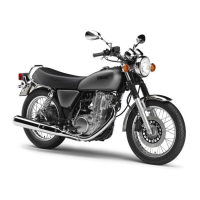
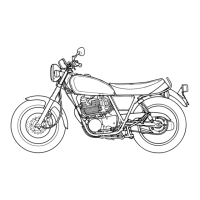
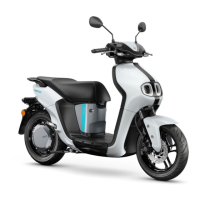
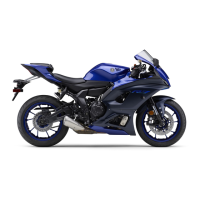
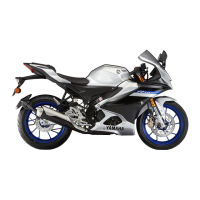
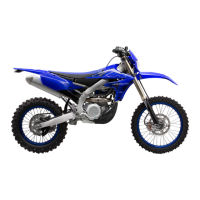
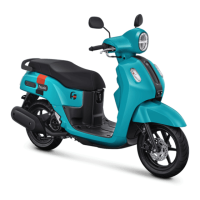
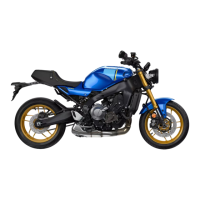
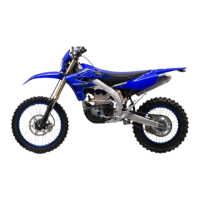
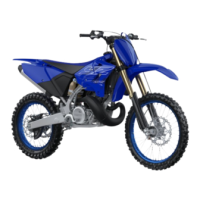
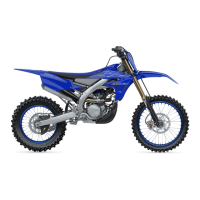
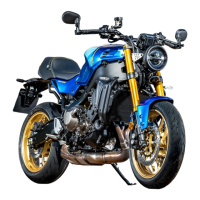
